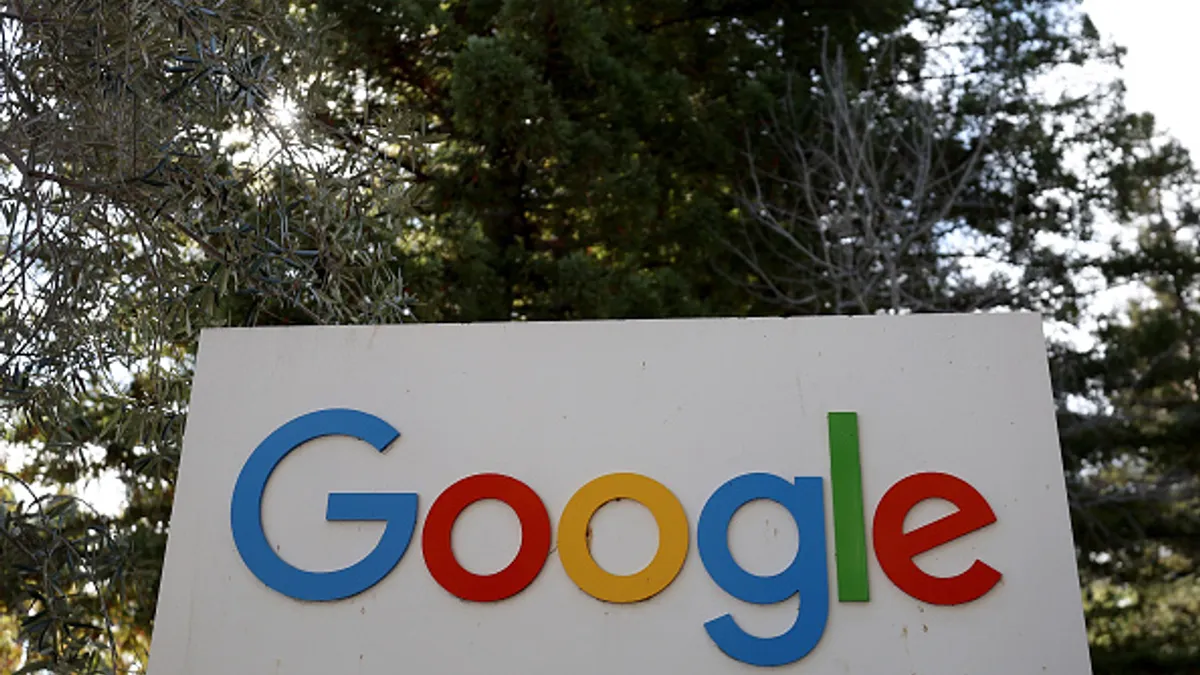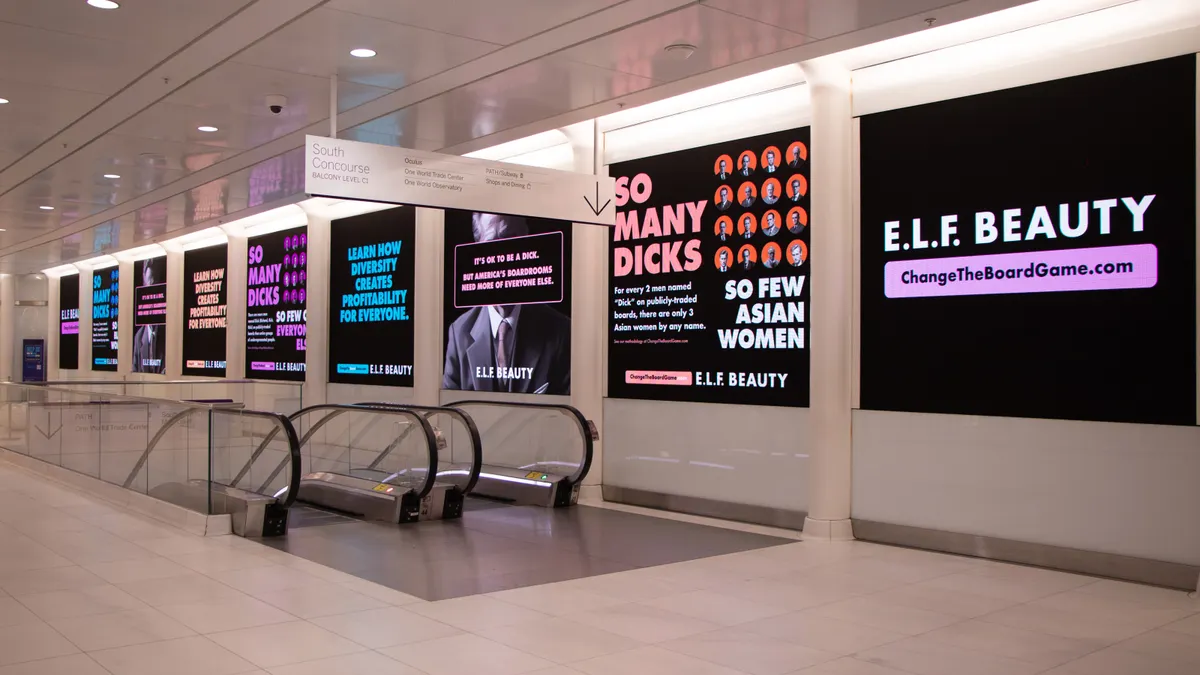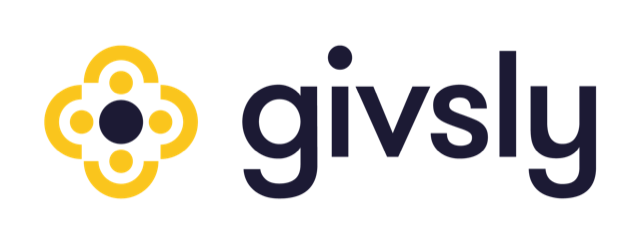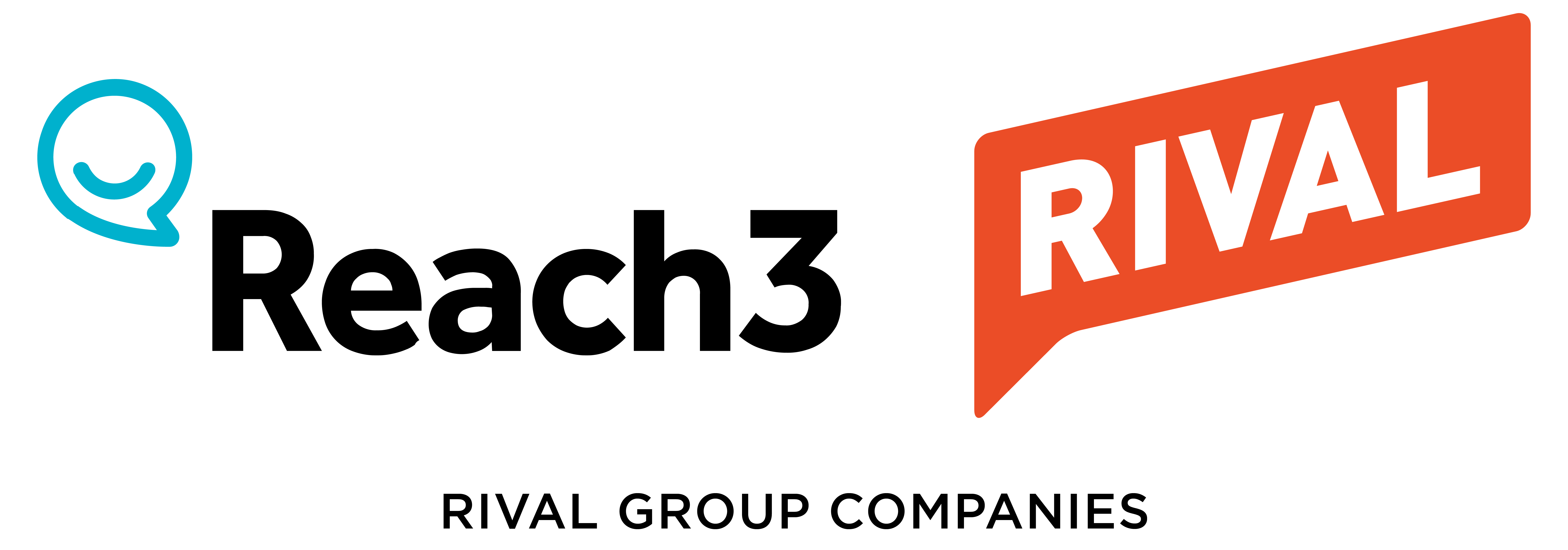Digital advertising is sitting at a point of uncertainty as tariffs roil the economy and artificial intelligence (AI) disrupts the ecosystem. Those threats didn’t ding Google’s performance in Q2 2025.
Search and other, the company’s largest segment, increased revenue nearly 12% year over year to $54.2 billion while YouTube notched a 13% YoY gain to $9.8 billion. Overall Q2 ad revenue came in at $71.3 billion, up 10.4% over the year-ago period, according to an earnings report from parent Alphabet.
Search experienced growth “across all verticals,” CFO Anat Ashkenazi said on a call discussing the results with analysts, led by the retail and financial services industries. Google also continued to see consumer traction for its efforts to inject more generative AI features into the search experience.
AI Overviews, text boxes that streamline answers to queries using generative AI, are drawing over 2 billion monthly active users (MAUs). A separate AI Mode for delving into longer-form, complex searches has over 100 million MAUs in the U.S. and India, where it is currently available.
“We see monetization at approximately the same rate, which gives us actually a really strong base on which we can then innovate and drive actually more innovative and new and next-generation ad formats,” said Chief Business Officer Philipp Schindler when asked by an analyst about the impact of AI Overviews on search advertising.
Google has worked to put more AI tools in the hands of advertisers as well, including an AI Max for search suite of solutions that launched in May. Executives claim the features typically drive 14% more conversions for brands. Beyond campaign optimization, more companies are adopting Google’s generative AI products for advertising creative. The number of advertisers using Google’s AI-powered asset generation tools is up 50% over last year to 2 million, according to Schindler.
“Google’s AI-powered products for advertisers, including AI Max for Search campaigns, Smart Bidding Exploration, Demand Gen, and Asset Studio are performing as expected, though they force advertisers to cede control and transparency in exchange for performance,” said Forrester Senior Analyst Nikhil Lai in emailed comments. “Nonetheless, they’ll continue being adopted by agencies and brands seeking more yield from crunched budgets.”
YouTube was also cited as a point of strength in Q2 as the video platform becomes a more serious player in TV and as its TikTok lookalike, called Shorts, advances its approach to monetization and generates over 200 billion daily views. Shorts in the U.S. are now earning as much ad revenue per hour watched as traditional in-stream video on YouTube, Google CEO Sundar Pichai said.
Executives referenced Nielsen data that show YouTube has become the top player in streaming, momentum that Google is trying to extend into areas like live sports. YouTube will broadcast its first exclusive NFL game in September following season kick-off (its connected TV service, YouTube TV, also carries NFL Sunday Ticket). Consumers watch over 40 billion hours of sports content via YouTube annually, per Pichai.
Many questions still hang over Google’s business, which is contending with an antitrust crackdown, rising competition from AI rivals like ChatGPT and the potential for more concrete impacts from the trade war, should it dent advertiser appetites. Google is also heading into a period where it will lap a deluge of political ad spending from 2024, which could lead to unfavorable comparables.
“I think it’s really too early to comment on anything [happening] in the second half of the year,” said Schindler.













